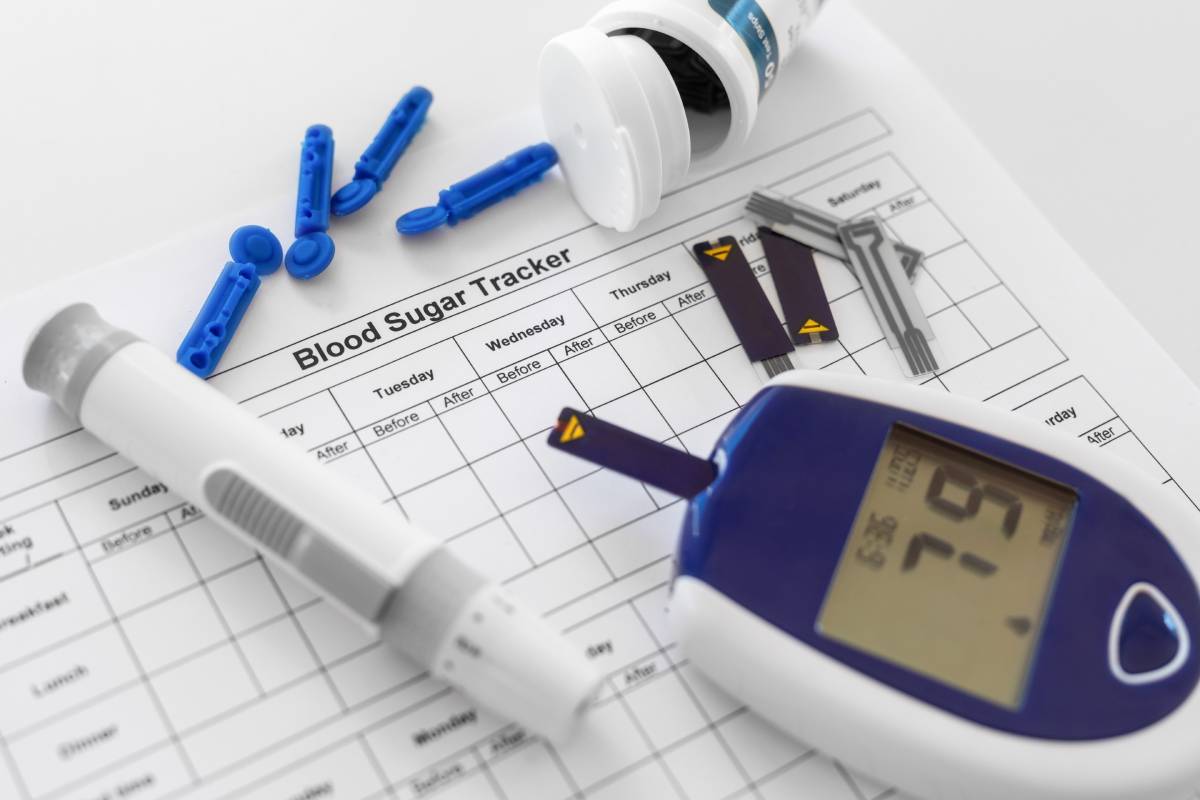Managing High Blood Sugar During Surgery

In patients undergoing surgery, the presence of diabetes mellitus (DM) or high blood sugar (hyperglycemia) is associated with increased morbidity and mortality. In particular, diabetic patients have an elevated postoperative mortality rate both in both the short term (first 21 days) and long term (7 years) after noncardiac surgery compared with nondiabetic patients, at 3.5% vs 0% and 37.2% vs 15%, respectively (1). Although most patients with hyperglycemia have a known diagnosis of diabetes, up to 30% of patients who experience perioperative high blood sugar do not have a history of diabetes prior to surgery, a state which is often described as ‘stress hyperglycemia’. Typically, stress hyperglycemia resolves in the post-operative period. However, studies show that between 30-60% of patients who experience stress hyperglycemia develop diabetes at 1 year post-op (2). Given the myriad of complications associated with perioperative hyperglycemia, it is important for surgeons and anesthesiologists to be able to maintain blood sugar levels within safe limits.
According to current guidelines, a serum glycosylated hemoglobin (HbA1c) level of 6.5% or greater is consistent with a diagnosis of DM. Prior to surgery, it is recommended that high-risk patients should have their fasting blood glucose levels and HbA1c measured. Patients with a HbA1c of 8.0% or higher should have any scheduled surgery postponed for improvement of glycemic control. Elective surgery should also be postponed in the setting of diabetic ketoacidosis, hyperosmolar hyperglycemic state, or serum glucose levels greater than 300 mg/dL (2). If a patient does not fall into the aforementioned categories, they can be cleared for surgery. In that case, certain diabetic medication regimens need to be adjusted in the preoperative period to prevent complications, such as hypoglycemia. Metformin, GLP-1 agonists, sulfonylureas, and thiazolidinediones should be held starting the morning of surgery and may be restarted on discharge or when the patient has resumed a regular diet. Typically, high blood sugar is managed or prevented with insulin during the perioperative period (2).
According to the Endocrine Society and the Society for Ambulatory Anesthesia (SAMBA), intraoperative blood glucose levels should be maintained at <180 mg/dL (3). Hyperglycemia can be treated with either subcutaneous (SC) or intravenous (IV) insulin, depending on the clinical scenario. SC insulin is preferred in patients undergoing ambulatory surgery, surgeries lasting < 4 hours, or minimally invasive procedures with expected hemodynamic stability. The onset time of SC insulin is about 30 minutes with peak effect occurring at 1-1.5 hours. When using SC insulin, blood glucose testing should occur at least every 2 hours.
On the other hand, an IV insulin infusion is recommended in patients undergoing surgeries with significant hemodynamic changes, expected temperature changes (passive hypothermia or active cooling, hyperthermic intraperitoneal chemotherapy, etc.), or lengthy operative times (>4 hours). In these situations, the absorption and distribution of SC insulin is altered and there is an increased risk of either persistent hyperglycemia or sudden hypoglycemia. The short half-life of IV insulin (less than 15 minutes) allows for rapid-adjustment in drug delivery and has limited lasting effect. When using an IV insulin infusion, blood glucose level testing should occur hourly.
Given the frequency of monitoring, use of an electronic alert system in the operating room can increase provider adherence to testing and treatment of blood glucose (2).
Proper preoperative and intraoperative management of blood sugar levels is necessary to improve outcomes and prevent complications in surgery patients with a known risk of high blood sugar or poor blood sugar control. Most medications are paused before surgery begins, however, the surgical team monitors the patient’s physiological state and can respond quickly to deviations from safe ranges.
References
1. Himes CP, Ganesh R, Wight EC, Simha V, Liebow M. Perioperative Evaluation and Management of Endocrine Disorders. Mayo Clin Proc. 2020;95(12):2760-2774. doi:10.1016/j.mayocp.2020.05.004
2. Duggan EW, Carlson K, Umpierrez GE. Perioperative Hyperglycemia Management: An Update [published correction appears in Anesthesiology. 2018 Nov;129(5):1053]. Anesthesiology. 2017;126(3):547-560. doi:10.1097/ALN.0000000000001515
3. Joshi GP, Chung F, Vann MA, et al. Society for Ambulatory Anesthesia consensus statement on perioperative blood glucose management in diabetic patients undergoing ambulatory surgery. Anesth Analg. 2010;111(6):1378-1387. doi:10.1213/ANE.0b013e3181f9c288
